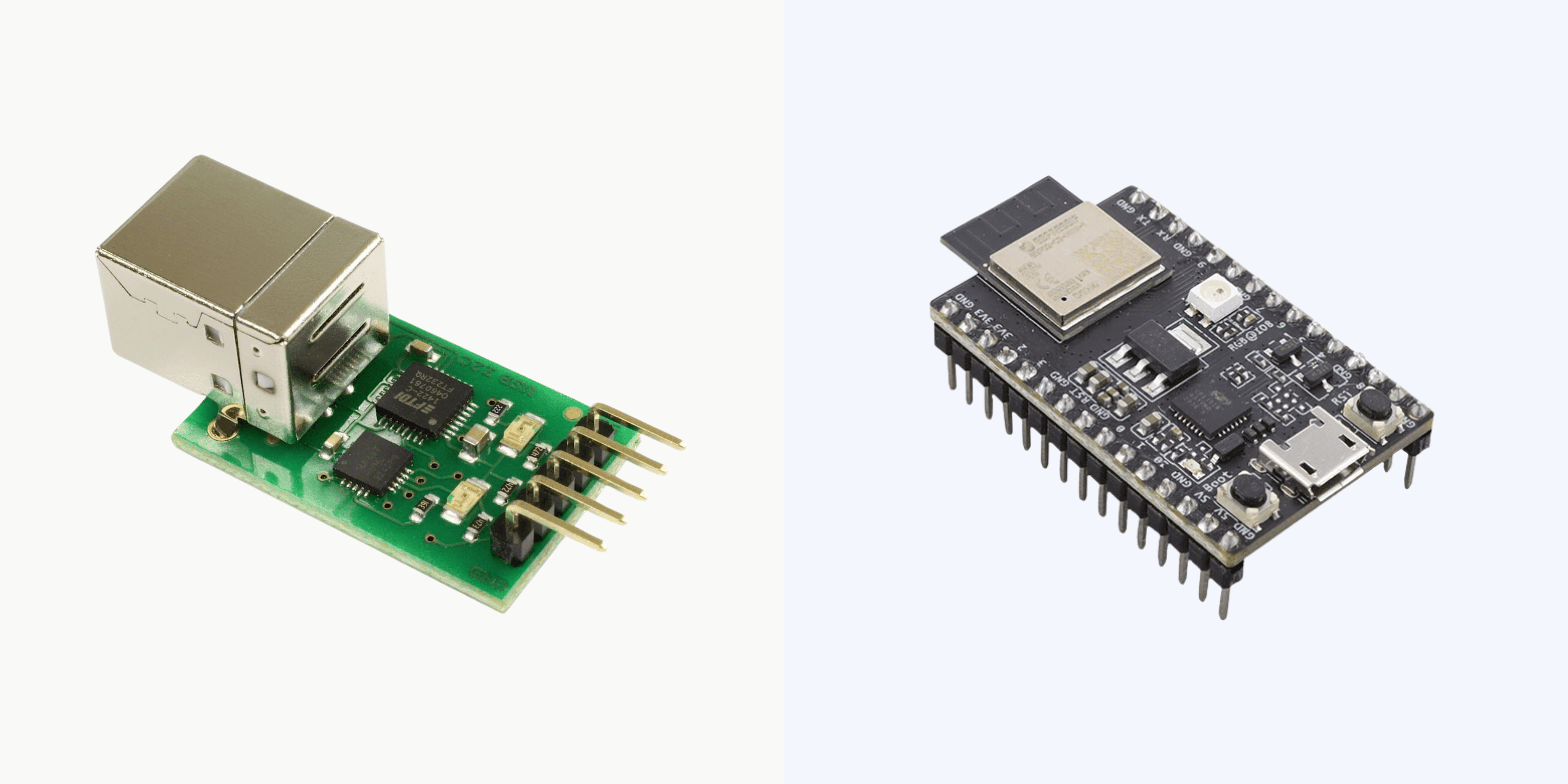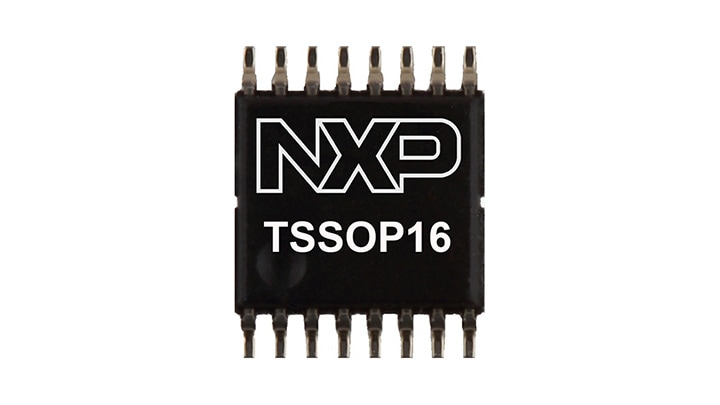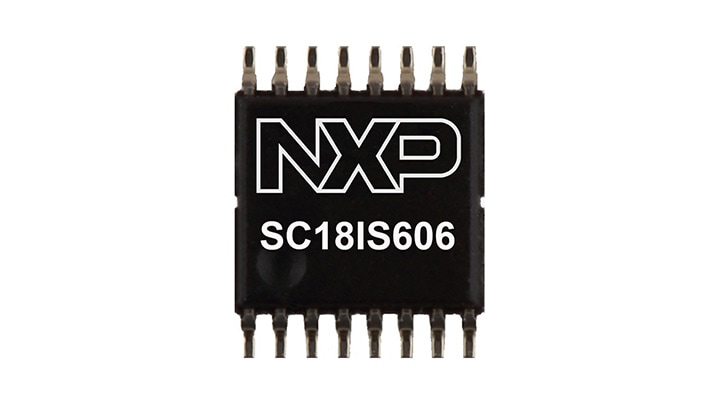engr_joni_ee
Advanced Member level 3

Hello, I am working with a new PCB design in which I just came to know that I need to add an over temperature circuit that will send a shut-down signal to the microcontroller in case the measured temperature is out of range. I am familiar with reading RTD circuit. I actually have made once temperature monitoring board with OpAmp, ADC and a microcontroller on the board. But how to get a over temperature protection analog circuit that send shut down signal to microcontroller in case the temperature is out of range.





